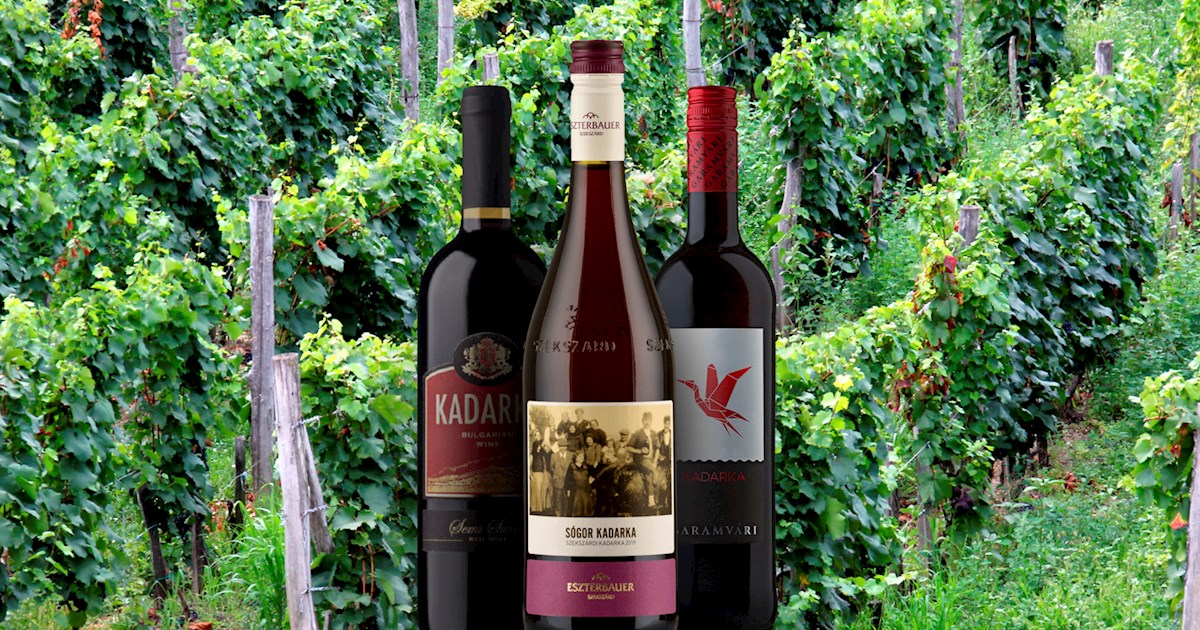Making homemade wine is a delightful and rewarding hobby that allows you to savor the flavors of your own creation. Whether you’re an aspiring vintner or a curious beginner, this article will guide you through the art of crafting your very own wine. With a few essential ingredients and a touch of patience, you can turn your kitchen into a winery and enjoy the fruits of your labor in just a matter of months.
Choosing the Right Ingredients
The foundation of any great wine begins with quality ingredients. Start by selecting the type of grapes you want to use for your wine. Common choices include Chardonnay, Merlot, and Cabernet Sauvignon. Alternatively, you can use fruit like strawberries, peaches, or even apples for a unique twist.
In addition to the primary fruit, you’ll need sugar, yeast, water, and optional additives like pectin enzyme and acid blend. These ingredients play crucial roles in the fermentation process, so make sure to choose them wisely.

The Fermentation Process
Fermentation is where the magic happens in winemaking. Crush or mash your chosen fruit to extract the juice and mix it with sugar. The sugar acts as food for the yeast, which converts it into alcohol. Yeast can be purchased from a brewing supply store, and there are various strains available, each imparting distinct flavors to your wine.
During fermentation, ensure the mixture is kept in an airtight container with an airlock. This allows gases produced during fermentation to escape without letting air in, preventing contamination. The duration of fermentation varies depending on the type of wine you’re making, but it typically takes several weeks to a few months.
Racking and Aging
After fermentation, it’s time to transfer your wine to a clean container, a process known as racking. This helps separate the wine from the sediment that accumulates at the bottom of the fermentation vessel. Be gentle to avoid oxygen exposure, as this can spoil the wine.
Aging is where your wine develops its unique character. You can age wine in glass carboys or oak barrels, both of which offer distinct flavors and aromas. For beginners, glass carboys are a more accessible option. The aging process can range from a few months to several years, depending on your desired outcome.
Bottling Your Wine
Once your wine has reached the desired level of aging, it’s time to bottle it. Sterilize your bottles and corks thoroughly to prevent contamination. You can add additional sugar and yeast to promote carbonation in sparkling wines or keep it still for a smoother finish.
After filling each bottle, cork it tightly and store the wine upright for a few days to allow the cork to seal properly. Then, lay the bottles on their sides in a cool, dark place for further aging. Remember that some wines benefit from longer aging, so be patient if you want to enjoy a truly refined product.
Conclusion
In conclusion, making homemade wine is a gratifying endeavor that allows you to craft your own unique flavors and share them with friends and family. With careful selection of ingredients, proper fermentation, and patient aging, you can produce wines that rival those from professional wineries.
As you embark on this winemaking journey, remember that practice makes perfect. Each batch of wine you create will teach you something new, helping you refine your techniques and develop your own signature blends. So, roll up your sleeves, gather your supplies, and start your adventure in crafting homemade wine today. Cheers to the delightful world of winemaking!




